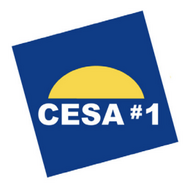(View Complete Item Description)
Literacy Specialists, Reading Specialists, SPED, Educators and administrators may use this template to collect data. This is a spread sheet that may be used K-8. This tool allows teams to collect and share data in a document that is easy to use, pull up and look at when working in collaboration with teams that include specialists, administrators, educators and parents working to close gaps for struggling learners. While created for reading interventions it may be used for all interventions in multiple academic settings.
Material Type:
Curriculum Map,
Data Set,
Diagram/Illustration,
Other,
Reading,
Reference Material,
Rubric/Scoring Guide
Author:
Marietta Luckman




















